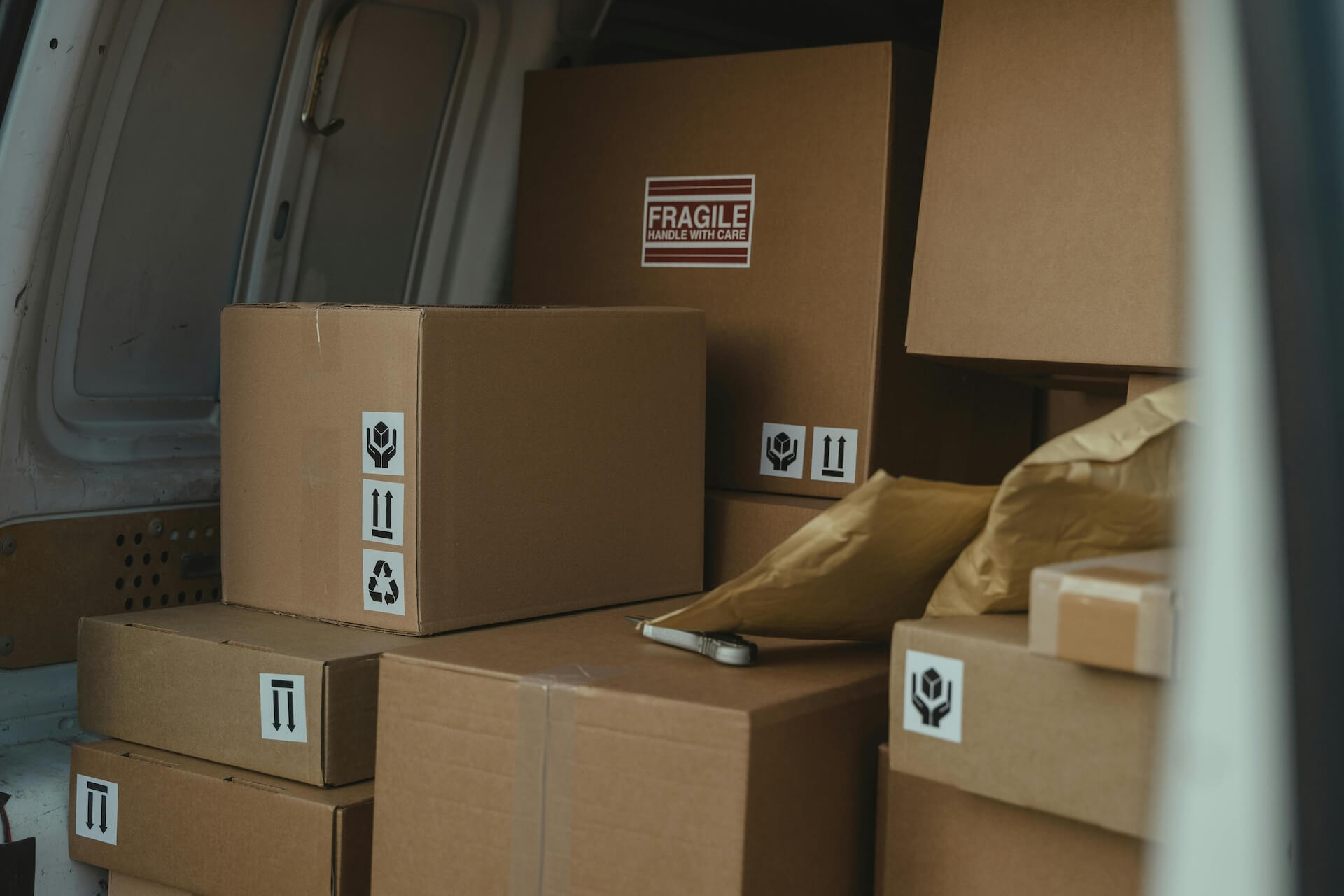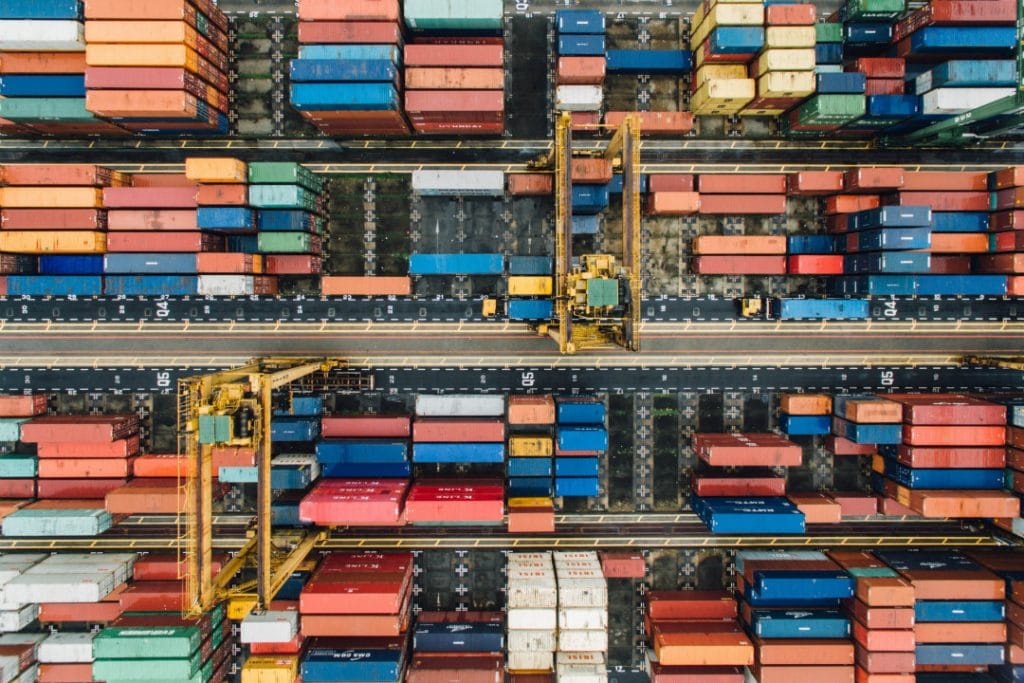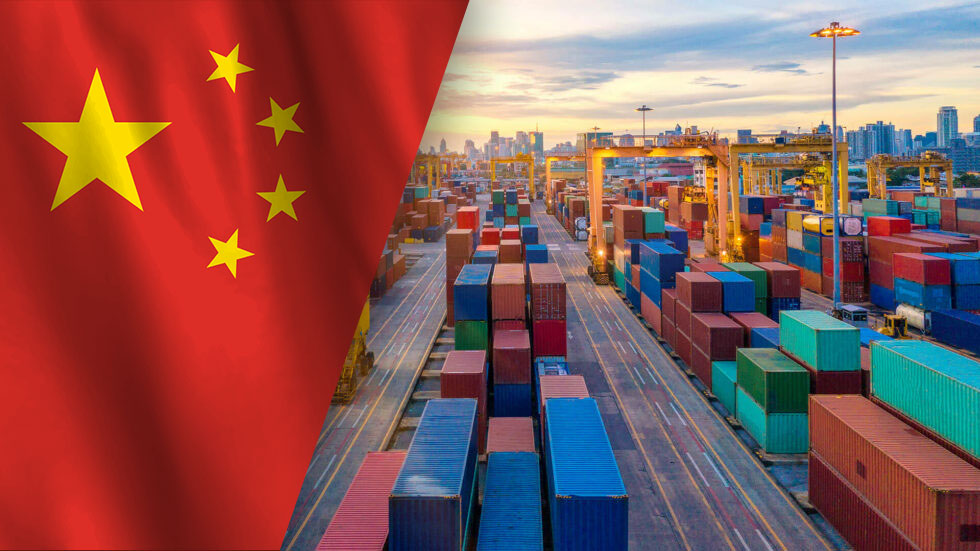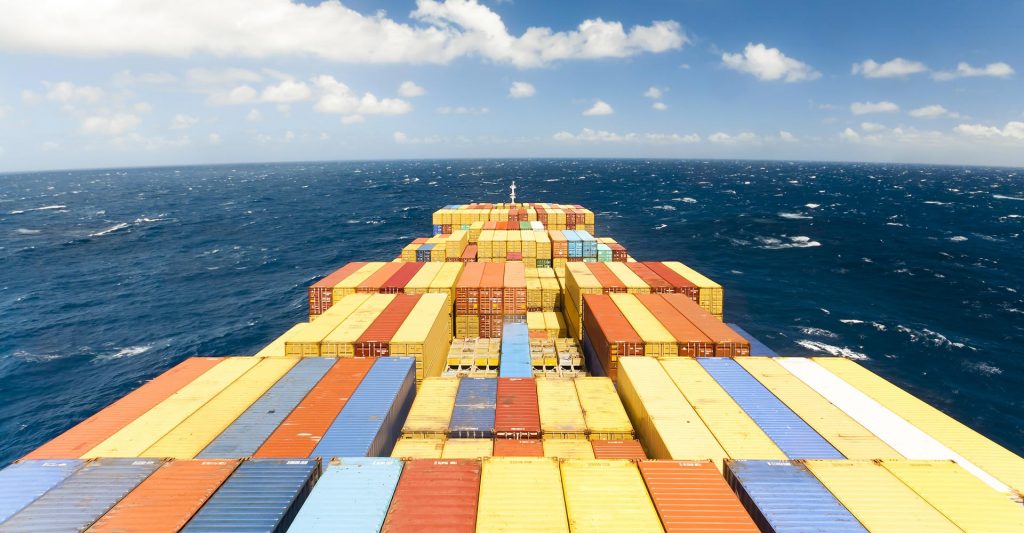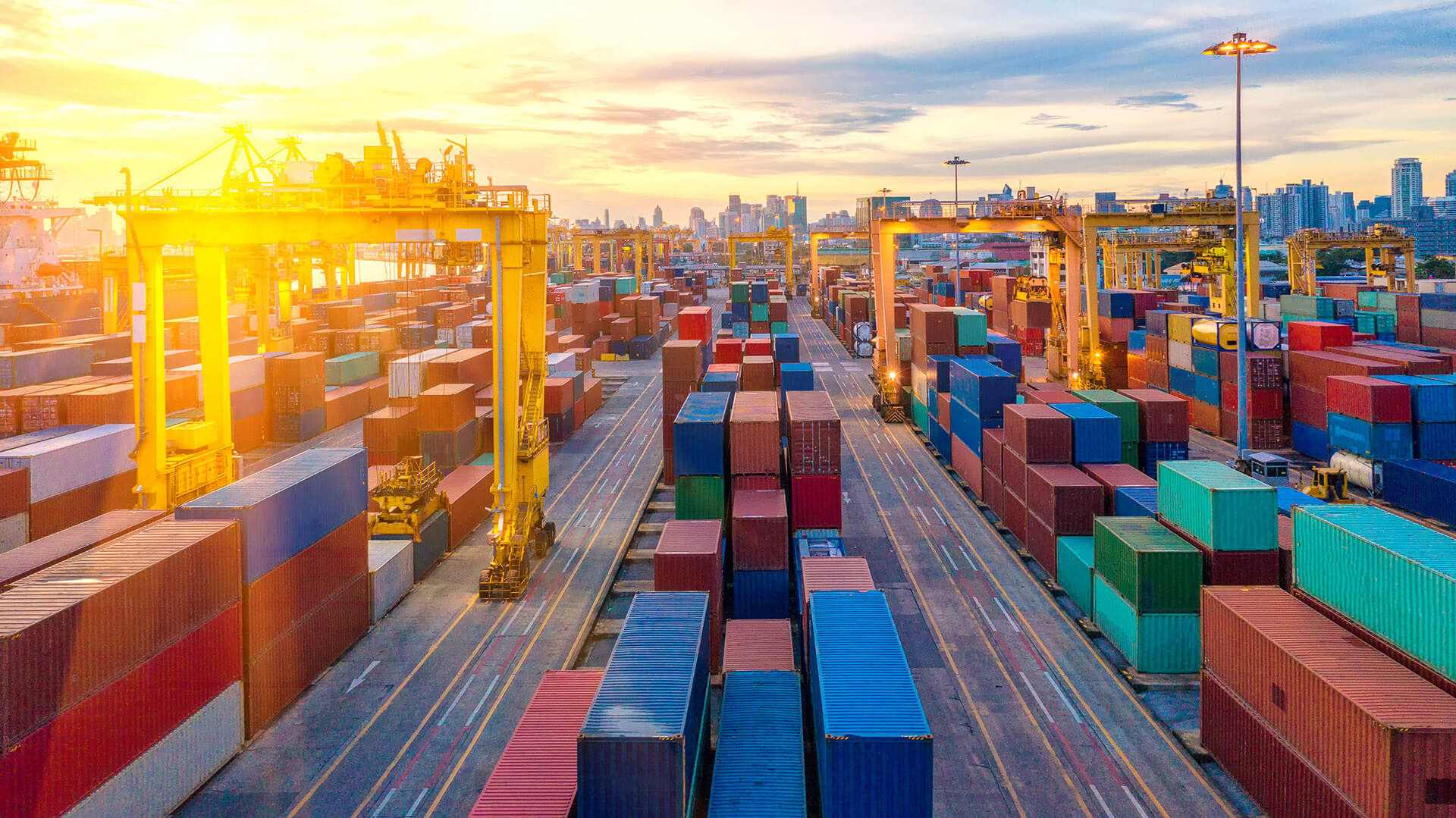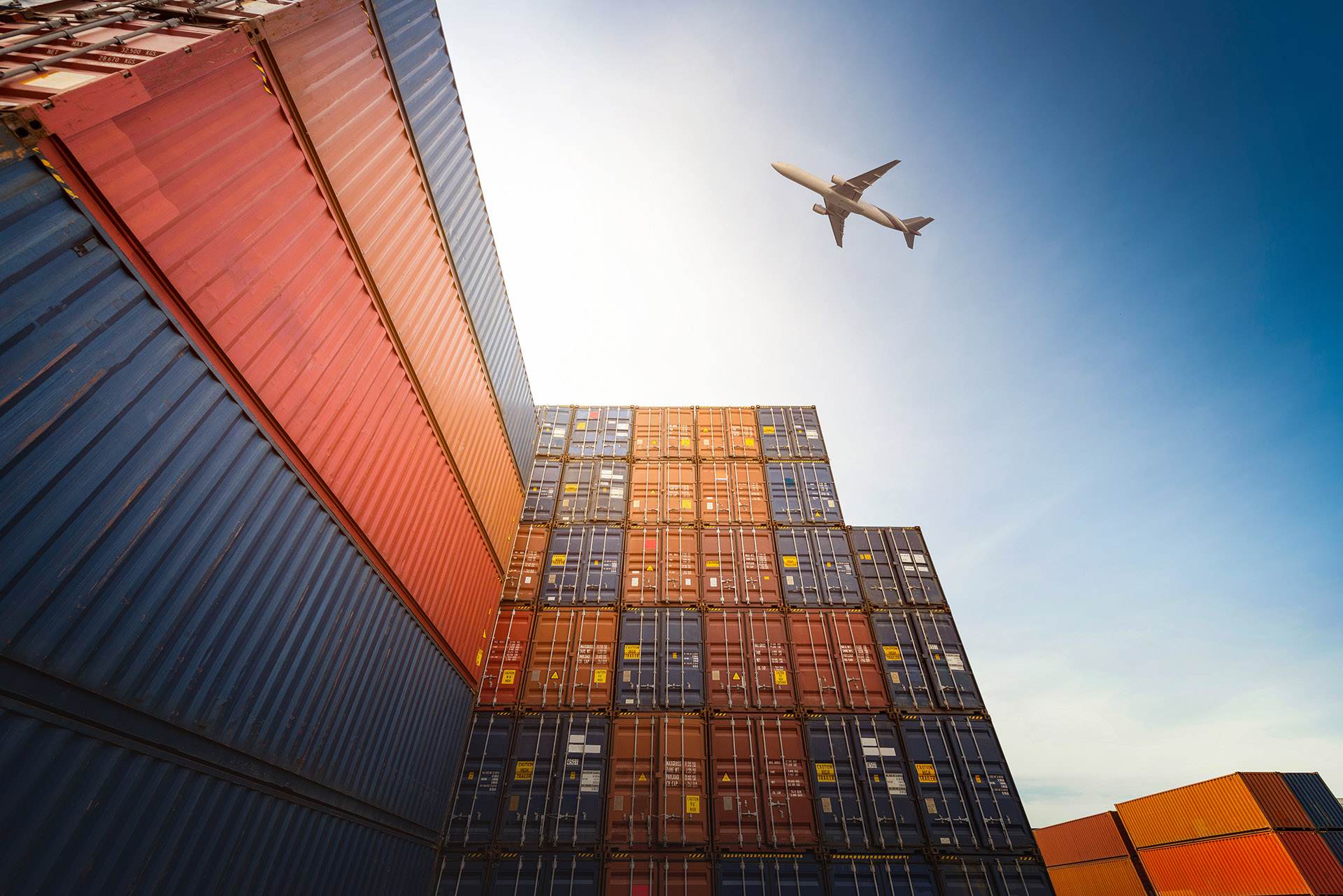If there’s anything that importers need to know in these days of uncertainty over tariffs, it’s how to save money. The answer is easy enough if they are also exporters: duty drawback.
It’s a simple concept but underlain by a system that can be tricky to navigate. Still, it can be highly lucrative.
For perspective, consider that U.S. customs duties rose to $8 billion in March, up 33% year over year as the first round of President Trump’s tariffs announced in January started to take effect.
Although the Trump administration has granted a 90-day reprieve on the most recently announced reciprocal tariffs, it has increased them by 125% on China, while still levying a 10% rate on all other countries around the globe.
That means there is plenty of time—to say nothing of financial incentive—for U.S. companies to get on board with the team at J.M. Rodgers, the Customs House Brokerage and Freight Forwarding firm with more than 70 years’ experience handling Duty Drawback.
Export Incentive
According to David Verkaik, JMR’s VP of Drawback Development, duty drawback represents an “incentive” to encourage U.S. importers “to export out of the country.”
Duty drawback is a U.S. government program designed not for importers or exporters but for companies that import and export. It’s a process designed to help them recover initial import duties when the goods are exported back out of the country.
The incentive comes by way of a return not only on the tariffs themselves but also on other outlays like the Merchandise Processing Fee and the Harbor Maintenance Tax imposed by U.S. Customs and Border Protection.
According to Verkaik, “the return of these fees begins when importers export those goods or they manufacture and export a product using those imported goods.” That’s when they can “apply” for a refund.
Two Main Categories
Andrew Galloway, Senior Vice President at JMR, goes into further detail about the types of drawbacks, saying that “95% or more of the drawbacks that we do fall into a couple of categories.”
“You have same condition or unused drawback, and you have manufacturing drawback,” Galloway says. “Then,” he adds, pointing to even deeper complexities of the system, “within the framework of each of those two, you have substitution and direct identification drawback.”
Enrique Doyle, JMR’s Ocean Imports Compliance Manager, notes that under the manufacturing drawback, when exporting, customers have to provide a breakdown between the final product and the imported component, which at the time of entry is declared as “privileged foreign.”
Under the Code of Federal Regulations, privileged foreign status is foreign merchandise that “has not been manipulated or manufactured so as to effect a change in tariff classification.”
Supply Chains Are Key
Knowing what drawbacks a customer may be entitled to ultimately means understanding its supply chain, Galloway says, especially when it comes to the type of goods a company may export and where those goods are headed.
“We’re trying to understand the supply chain and understand where those exports might be going, what is actually happening to those goods, whether they’re manufactured here or come in as a product and get exported,” he says.
“We can then go from there and understand what type of drawback they qualify for, and help customers understand the data and documentation requirements to support drawback,” he says.
“Drawback is all about the data,” says Sean Dunne, VP of Drawback Analytics, adding that there are certain sets of documentation that companies are “required to retain” in order to be in compliance.
Perfect Data Is a Plus
“We would love for our customers to all give us perfect data all the time in a timely fashion, and it would run smoothly,” Dunne says, adding that “we’d like to get a rhythm where we’re getting data in a more timely fashion.”
That’s certainly true when a customer originally files a drawback claim, which can be refunded as soon as the goods are verifiably exported. But it’s especially true if the government later decides to audit a customer’s claim.
“There are certain data and documentation retention measures that need to be in place to support a Customs desk review,” Dunne says, detailing JMR’s own internal “checks and balances” of customer data.
“If your export data says that 30 units of this product were exported on April 9, we’re going to sample that data and make sure that the bill of lading is showing April 9 rather than April 30, he says. “We’re also going to make sure it was 30 units being exported and not 10.”
Looking Back and Looking Ahead
When it comes to time frames, Galloway also notes that JMR could potentially go back retroactively on drawbacks up to five years. “What we’re always doing as a drawback provider is we’re looking at retroactive possibilities as well as the future,” he says.
“We’re putting together a series of applications and a ruling for the type of drawback we’re doing, and we’re also putting a privilege for accelerated payment,” Galloway says.
“We get all that stuff together, we submit that, and we start working on claims retroactively to ensure things aren’t maybe falling off the table.”
Customs Reviews Need Support
Support is another critical word in the JMR lexicon, and it applies to the firm’s customers by making sure that their drawback program is built to pass a Customs desk review.
“That’s what we mean by support,” says Dunne, detailing that it means making sure that customer claims are built properly, enabling them to pass a potential customs review down the line.
For customers, that process includes accounting for all the necessary data and transactions, having the documentation and the systems in place, and having access to the proper information to enable the review.
No Need to Wait
“There is an application process,” Dunne says. “It’s not like you can just start paying these duties and then tomorrow apply for the refund and get your money back immediately.”
In fact, Dunne says, companies could be looking at a typical wait of six to nine months before an application is approved. But that now could extend to 12 months as the number of applicants is expected to grow exponentially amid the current uncertainty over tariffs.
Even so, says David Verkaik, all is not lost for companies that need to become eligible for duty drawback as soon as possible. “Once we file that application, we can immediately file drawback claims based on that pending application.”
There’s no time like the present.

